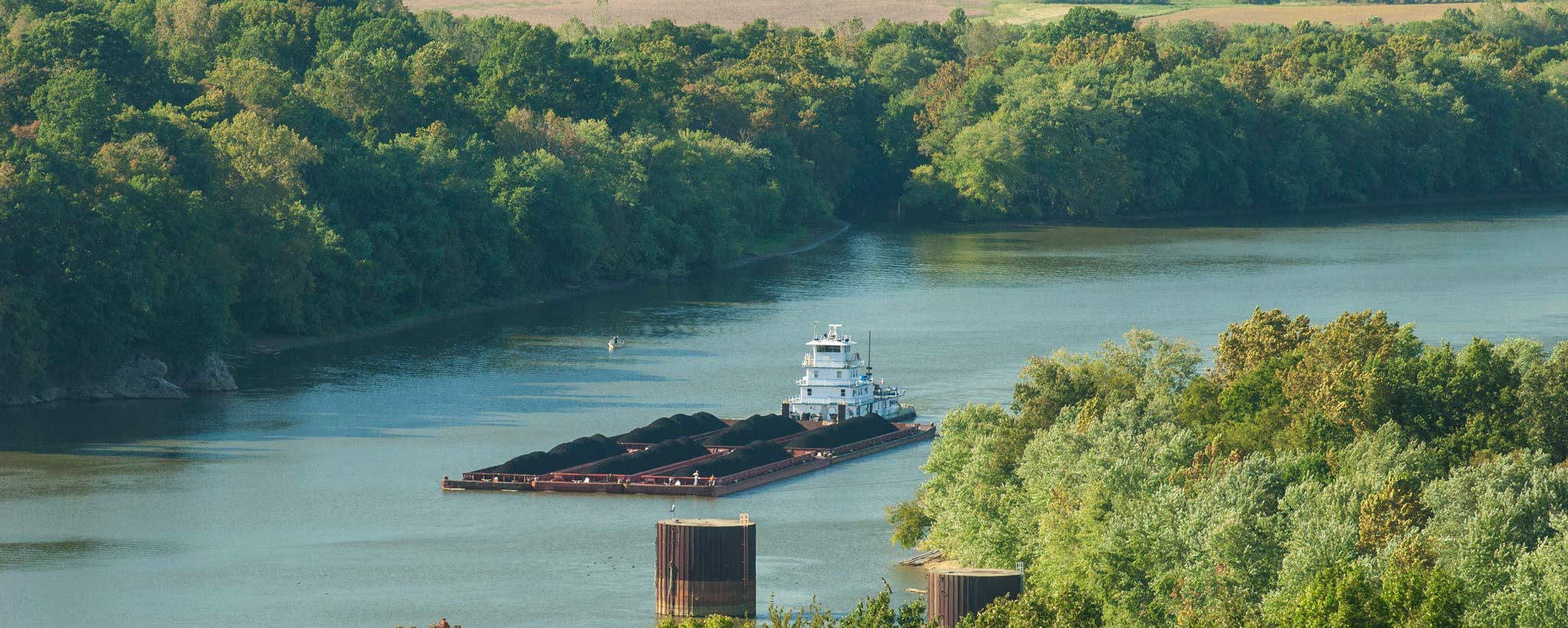Articles

The Future of Coal at TVA
Driven by cost, power demand and environmental regulations, TVA has goals to achieve net-zero carbon emissions by 2050.
JUNE 22, 2021 — TVA recently shared a set of guiding principles that aspire to achieve net-zero carbon emissions by 2050. The goal includes plans to potentially retire TVA’s entire coal fleet by 2035 – a move to support the evolution of our generating mix to a cleaner, more flexible energy portfolio in the next two decades.
“These decisions are not made lightly,” said Jacinda Woodward, senior vice president, Power Operations. “We know that impacts to our assets will impact our employees and the communities where they are located. We have a plan in place to support both through these changes.”
Increasing Costs to Operation
There are three main drivers for retiring TVA’s coal fleet – cost, power demand and environmental regulations.
“Our coal fleet has done and continues to do an exceptional job delivering reliable energy to the Valley,” said Kris Edmondson, vice president, Coal Operations. “Given the age, condition, change in run profiles and evolving environmental regulations, it is more and more challenging for our coal fleet to deliver low cost, reliable energy. Our teams continue to step up and ensure all of our coal assets meet their mission.”
These assets were originally designed for base load generation, meaning they were built to be turned on and operating at 100 percent power on a consistent basis. Today, we see lower capacity factors, increased cycling, and longer periods “not in demand” with most of our coal units dispatching after more flexible gas generation due to lower costs and higher efficiency.
The Future is Flexibility
While current TVA market projections see little increase in power demand for the foreseeable future, power demand will continue to fluctuate daily, such as during extreme hot or cold weather.
“We need agile assets that can ramp up quickly and cycle on and off to meet minute-to-minute power needs in the Valley,” said Jerry Snyder, Transmission scheduler. “When demand is high, we need all assets running. But when it’s low, we make decisions based on cost-effectiveness for which plants should go offline – and it’s usually the higher-costing coal fleet that’s put in reserve shut down.”
Mild winter weather in 2020, where a large number of coal units were in reserve shut down for a majority of the year, is a good example of the coal fleet’s relative competitiveness compared with other TVA assets. On the flip side, every coal-fired unit was running during the extreme winter weather in February 2021. This proves that careful attention will need to be paid to replacing generation prior to coal’s retirement.
“Every megawatt we retire will need to be replaced. We have ongoing environmental reviews to determine the best option for each site and the surrounding area, and we are making plans to potentially build and staff any new assets prior to retiring a site,” said Woodward.
Protecting the Environment and Reliability
TVA continues to lead the industry in carbon reduction. Since 2005, TVA has reduced carbon emissions by 63 percent, primarily through creating one of the most diverse generation portfolios in the nation. Advancing this goal will require innovative solutions that protect the environment without sacrificing reliability.
“We are continually challenged to meet environmental regulations,” said Edmondson. “The recent Effluent Limitations Guidelines Rule is one example where we’ll need to make changes to our fleet to meet these new guidelines – whether it’s investing in environmental controls or choosing to retire the plant.”
Since 2012, TVA has invested approximately $2.1 billion in environmental controls such as equipment to support clean air and safely handle coal ash. “As we look to retire coal assets, we are focused on ensuring reliable generation, which means serving the people of the Valley with safe, reliable electricity as these changes are made,” said Edmondson.
TVA’s current plans are not yet final decisions, as any retirements require environmental reviews as well as Board approval. Bull Run is already board approved to retire in 2023 with environmental reviews planned for Cumberland Fossil Plant and Kingston Fossil Plant over the summer to evaluate potential retirement and generation replacement options.
“Our environmental review process allows the public to provide input before a decision is made,” said Woodward. “Once this process is complete, we share recommendations with the TVA Board who makes a final decision.”
Shawnee and Gallatin Fossil Plants will be evaluated as their proposed retirement dates get closer.
“These are long-term plans with many variables, so we know a lot more about the next five years than the next twenty,” said Edmondson. “But we are committed to communicating changes and decisions as they arise so we can best help our employees make this transition.”
Reducing Impact to Communities
“We understand these changes will impact local communities and we are working diligently to address these issues in advance,” said Woodward. “We remain committed to supporting economic development in areas where we retire generating assets.”
As TVA looks to the future of each retired site, replacement options, such as natural gas, solar and other renewables, will be considered. For example, the location of TVA’s former Paradise Fossil Plant is now home to a combined-cycle gas plant that continues to support the local community.
“As we have done with other TVA sites impacted by fleet changes, we will evaluate best options for replacement generation, support our employees with this transition, and seek opportunities for economic development or other redevelopment,” said Edmondson. “Our generation mix may change but our mission to serve the people of the Valley remains the same.”